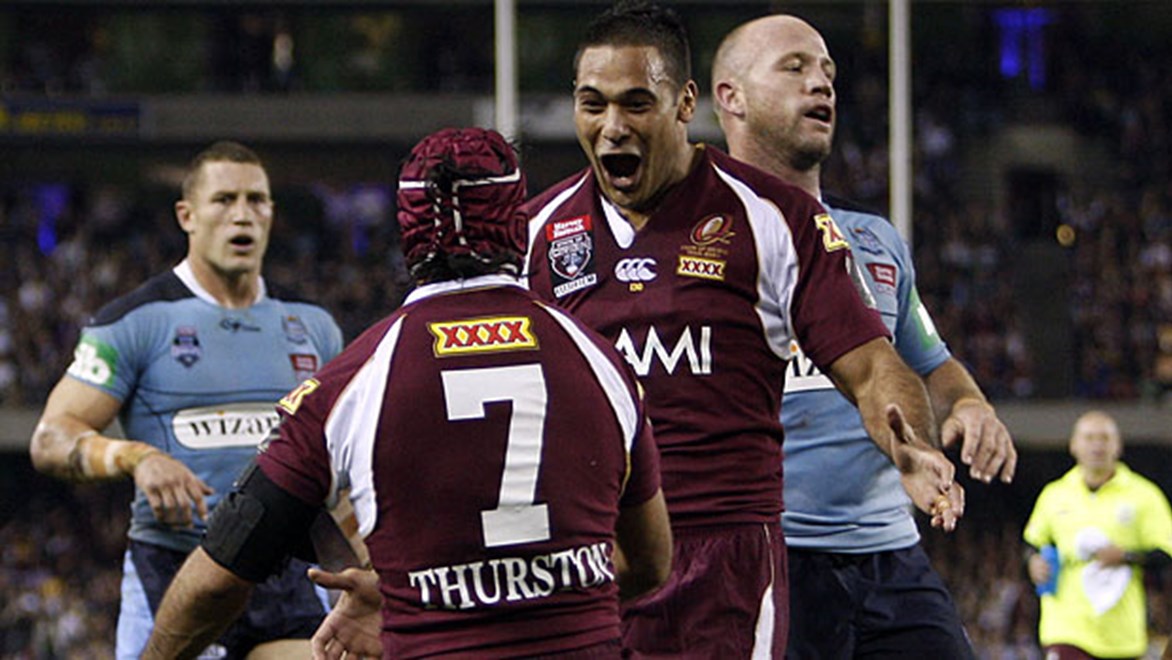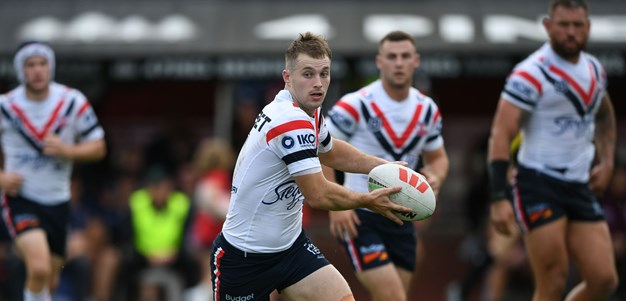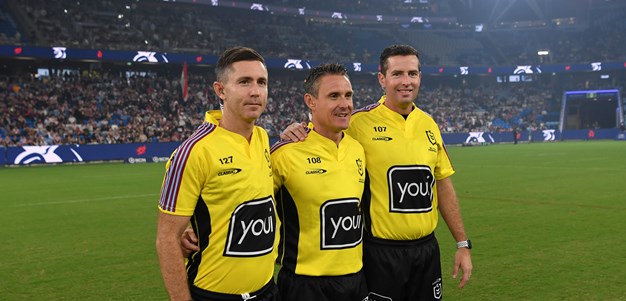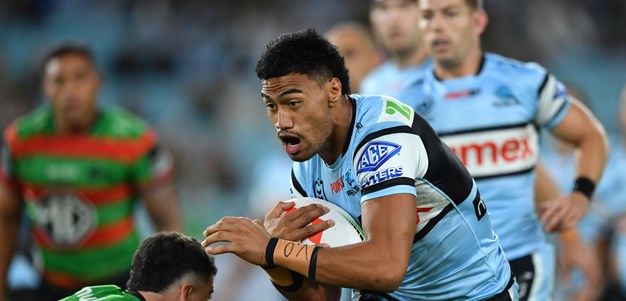

Seven years of dominance: just think about that for a moment. This great Queensland dynasty has gone on so long there are children who are almost eight years of age who have never known a New South Wales series win. Put another way, not once has someone been able to facebook or tweet about a successful New South Wales series-winning team. The impressive thing about the Maroons dominance, and perhaps one of the major factors, is they have kept a pretty decent core of players and have also maintained a culture that allows others to just mould right in.
The past seven series have been a brutal challenge of character for the New South Wales players and their fans; every year since 2006 a new, sharper dagger has been pushed into their hearts. But statistically speaking, can the past give us an indication to the future?
Download the NRL Live 2013 App and watch State of Origin live on your Smart Phone. Download now for iPhone or Android
With that in mind Stats Insider has run the rule over the 21 match-ups since NSW last secured the Origin shield. First, let’s examine when the Maroons have scored their points and as such find when Laurie Daley’s Blues might need to lift.
It appears Queensland are fast starters – in the opening 20 minutes of the past 21 games over the seven winning series, the Queenslanders have outscored New South Wales 90 points to 62. This early dominance has proven crucial.
When you average it out at 4.29 points against 2.95 points per game, it doesn’t seem like much but in Origin matches, as has been proven time and again, just one point, one decision, one moment, is often the difference.
Further, the Maroons have been rampant from the opening kick-off, scoring 24 points in the opening five minutes of games – a rare period for scoring – compared to the Blues’ paltry four points from the get-go.
Both of the above indicate the Blues need to hit the game at top speed and attitude on Wednesday night.
The second quarter of games haven’t been much better for the Blues, as the Maroons have ramped up their advantage, scoring 127 points compared to 86 for the Blues. Add the two 20-minute periods together and you find the Maroons have averaged a halftime lead of 10.33 to 7.05 during their dominance.
Coming from behind adds more pressure and the Blues always seem to be going uphill. And then even if they do fight back… we have all seen enough fast-finishes from the Maroons to know they’re never dead.
The Blues’ best period of matches in terms of competing has been the third quarter, or first 20 minutes after halftime. But even at their best they’ve only managed to match the Maroons at 64 points each, leaving them with a deficit to make up heading into the final quarters of games.
Since the dawn of the Origin concept the Queenslander’s have seemingly owned the back end of games, finding ways to win when it seemed they couldn’t. Over the past seven series they have outscored the Blues 138 points to 103. In other words they are winning going away! (It is also interesting to note both teams scored most of their points in this period, as no doubt fatigue and also desperation play their part.)
So now we know when the teams have scored their points – now we can look at where.
Queensland’s honey pot has been the left sideline, where they have scored 20 tries in the 21 games… Greg Inglis, anyone? The superstar has fed his winger or scored himself on countless occasions to break the hearts of NSW supporters. The Blues simply need to find a way to limit GI’s influence, which is obviously easier said than done. In response NSW have scored just 10 tries on the left sideline.
When it comes to the right sideline the Maroons have notched 12 tries to the Blues’ 10.
On the edges or fringes, the two sides have scored 15 tries apiece on the left edge and the Blues actually hold a rare advantage on the right edge, scoring nine tries to the Maroons’ eight over the past seven years.
Queensland take the money up the middle with 17 tries to 10… thanks to Cameron Smith and his expert ability to control the ruck.
So while the Maroons team is full of stars, the key is to find a way to keep Inglis and Smith quiet.
As far as scoring from distance, the Maroons have scored nine tries from over halfway compared to the Blues’ five. They have been more deadly from close range with 31 tries from 0-10 metres compared to the 23 from NSW. And they have tallied 22 tries from 11-20 metres compared to 11 for the Blues – this is the go-to zone to trigger the trademark sweep plays.
NSW have the edge from 21-50 metres, with 15 tries compared to Queensland’s 10.
Clearly the Blues have to find a way to limit the go-forward of the Maroons. They need to keep them out of the red zone more often as it’s apparent when they get there, the Queenslander’s make things happen.
Seven times the Maroons have scored after getting a repeat set via a dropout and eight times they’ve scored immediately after a NSW turnover or mistake… they know how to build pressure and they know how to compound opponents’ errors. They also have more tries from kicks, 17 to 12.
At the end of the day all the stats in the world are probably just going to tell us what we already know: the Maroons are full of stars and you have to be at your absolute best to first contain them and then score against them.
Play Origin Dream Team for your chance to win $5000. Click here to play now!
Blues fans once again start the series with optimism, but know an eight-year series deficit could be just around the corner if the players don’t lift.



